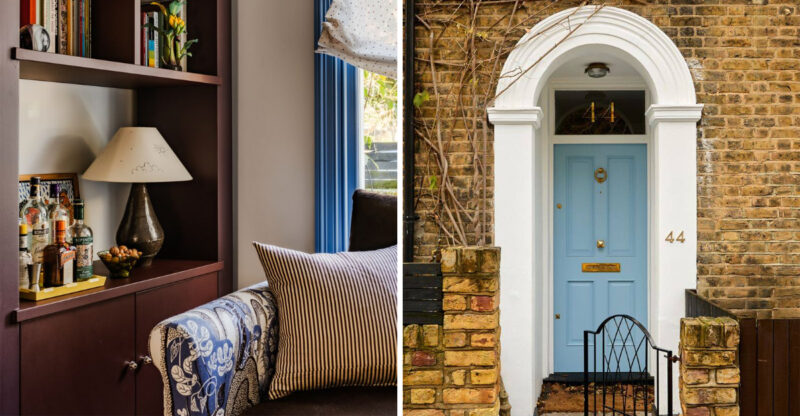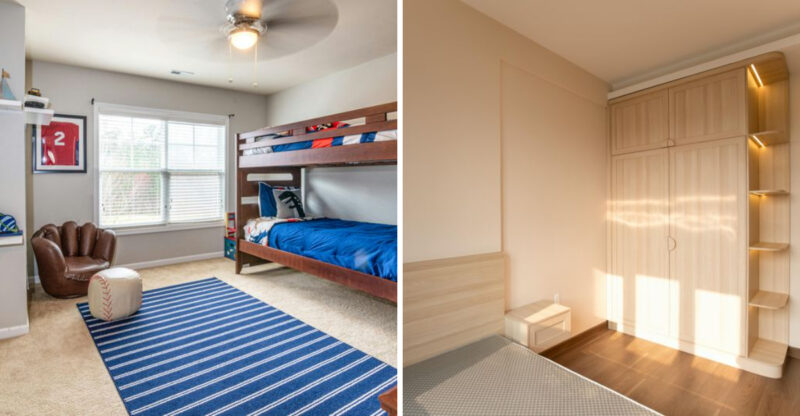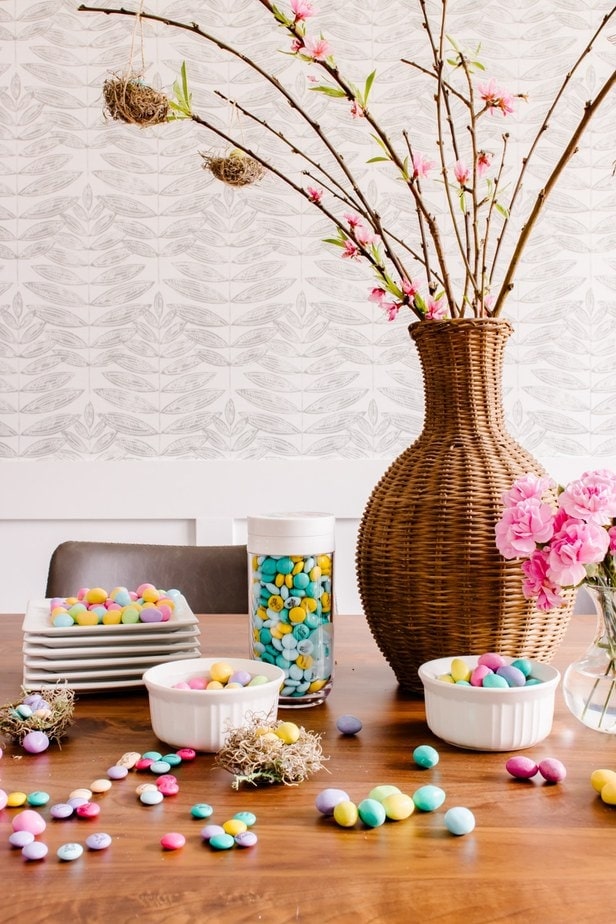7 Design Mistakes Making Your Home Feel Smaller
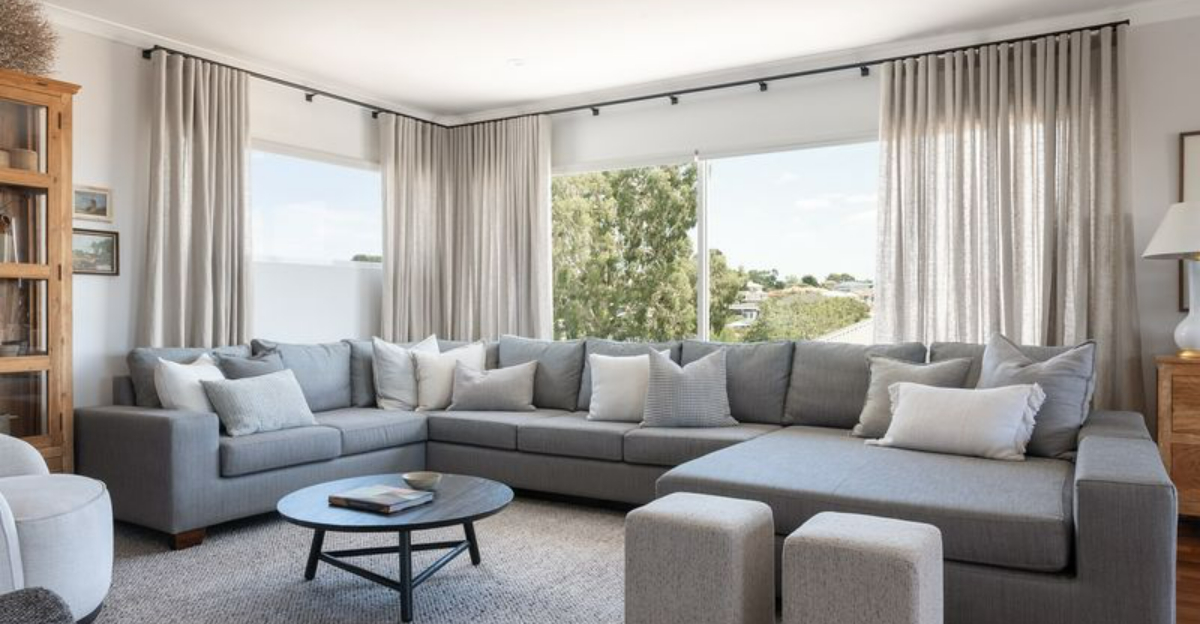
Ever walked into a room and felt like the walls were closing in? Your home might be spacious, but certain design choices can make it feel cramped and cluttered. I’ve seen these mistakes in countless homes, and the good news is they’re easy to fix!
Let’s look at seven common design blunders that might be shrinking your living space visually.
1. Overcrowding With Furniture
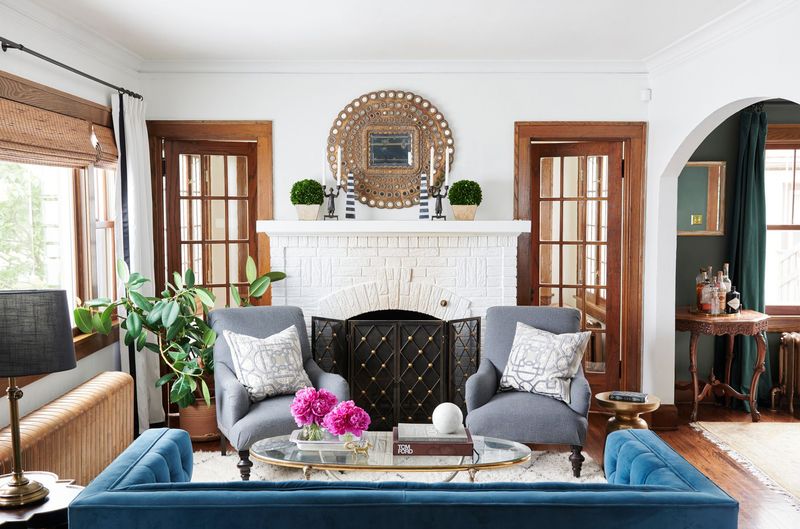
That extra armchair might seem like a good idea until you’re squeezing past it every day! When furniture dominates a room, walking spaces disappear and the entire area feels congested.
I recommend measuring your space before buying pieces and leaving at least 30 inches for walkways. Consider multi-functional furniture like storage ottomans or expandable tables that provide utility without consuming precious square footage.
2. Dark Wall Colors Everywhere
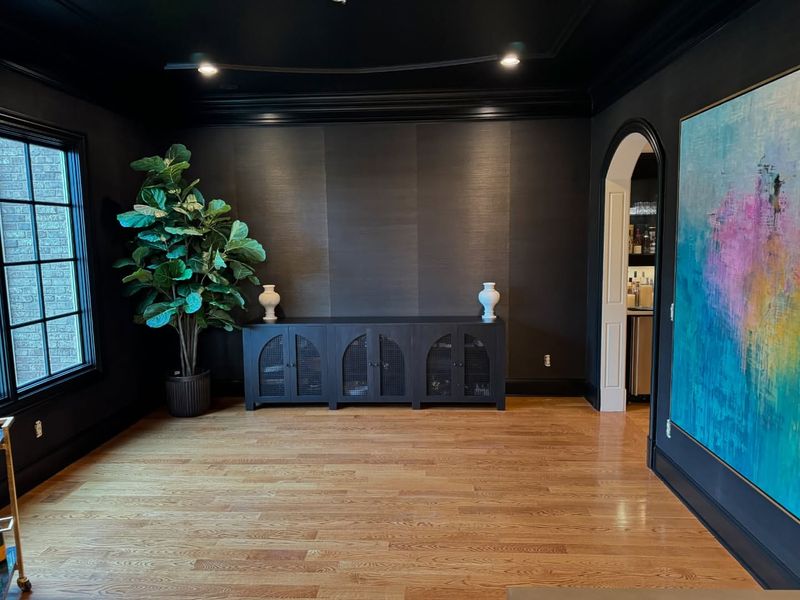
Those moody charcoal walls looked amazing on Pinterest, but now your bedroom feels like a cave! Dark colors absorb light instead of reflecting it, creating the optical illusion that walls are closer than they actually are.
Try lighter shades for most walls, especially in smaller rooms. If you love deep colors, use them on just one accent wall or through accessories. Light neutrals like soft whites, pale grays, and gentle beiges can make spaces feel airy and open.
3. Bulky Window Treatments
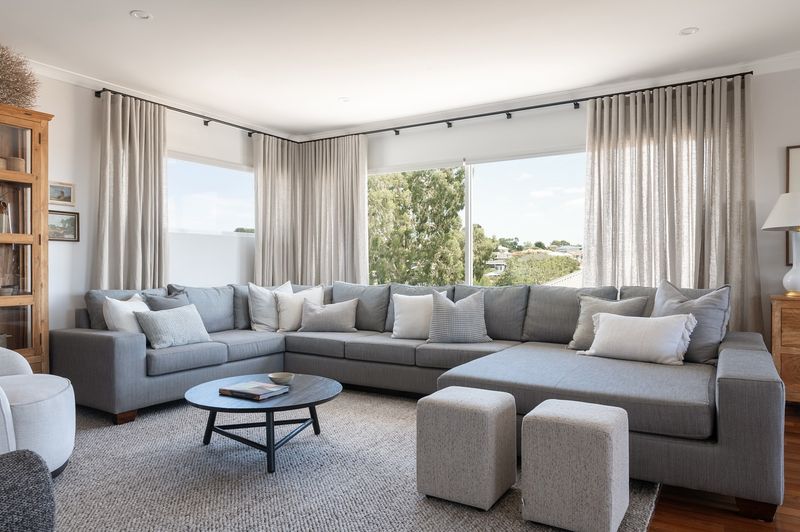
Heavy, ornate curtains might seem luxurious but they’re stealing valuable visual space! When fabric overwhelms windows, it blocks natural light and creates the sensation of walls closing in.
Opt for simple treatments that don’t obstruct windows when open. Sheer fabrics allow light to filter through even when closed. Hanging curtain rods wider than window frames and closer to the ceiling creates an illusion of larger windows and higher ceilings.
4. Tiny Rugs Floating in Spaces
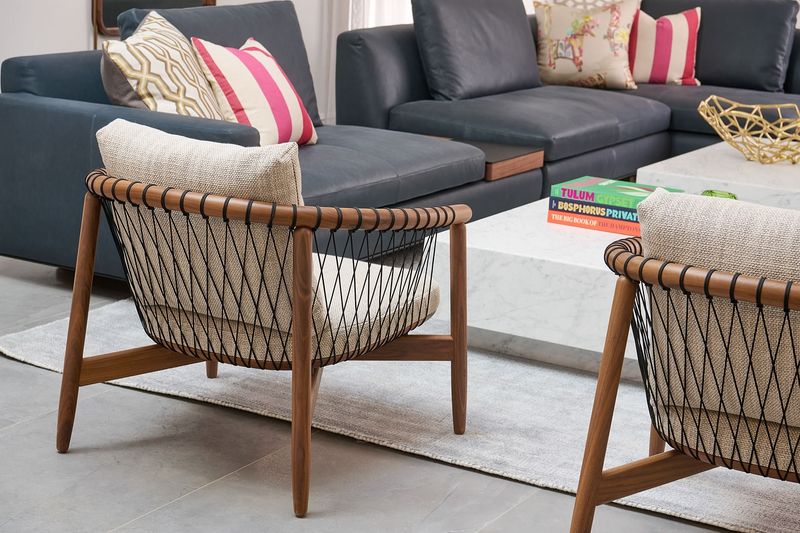
A postage-stamp sized rug under your coffee table chops up the floor and makes everything feel disconnected! Undersized rugs create visual clutter by breaking rooms into awkward segments.
Choose rugs large enough for furniture legs to rest on them. For living rooms, aim for at least 8×10 feet. In dining areas, ensure the rug extends at least 24 inches beyond the table edge. This simple change unifies spaces and creates a more expansive feeling.
5. Cluttered Horizontal Surfaces
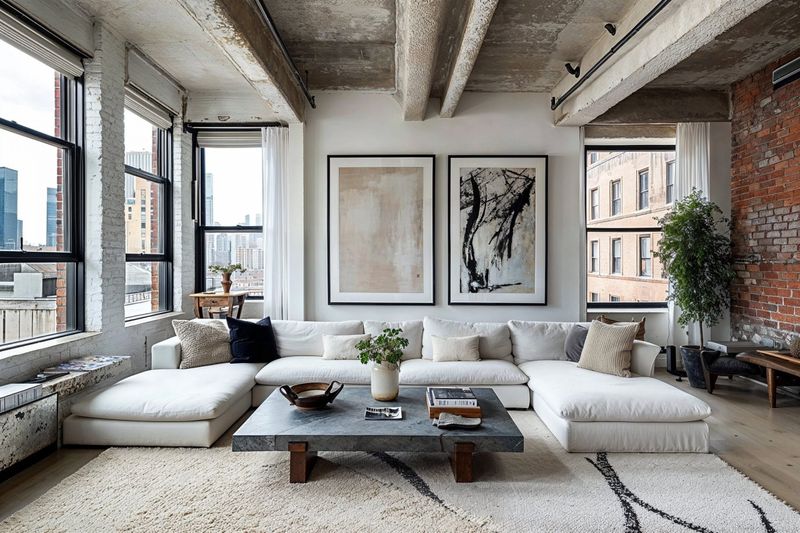
Knickknacks multiplying across every tabletop? Those collections of cute figurines and stacks of magazines are visual noise that makes rooms feel chaotic and cramped.
Follow the rule of three for decorative items on surfaces. Group similar objects together rather than scattering them. For bookshelves, leave some empty spaces between items. Remember that negative space is just as important as the objects themselves in creating a sense of openness.
6. Low-Hanging Light Fixtures
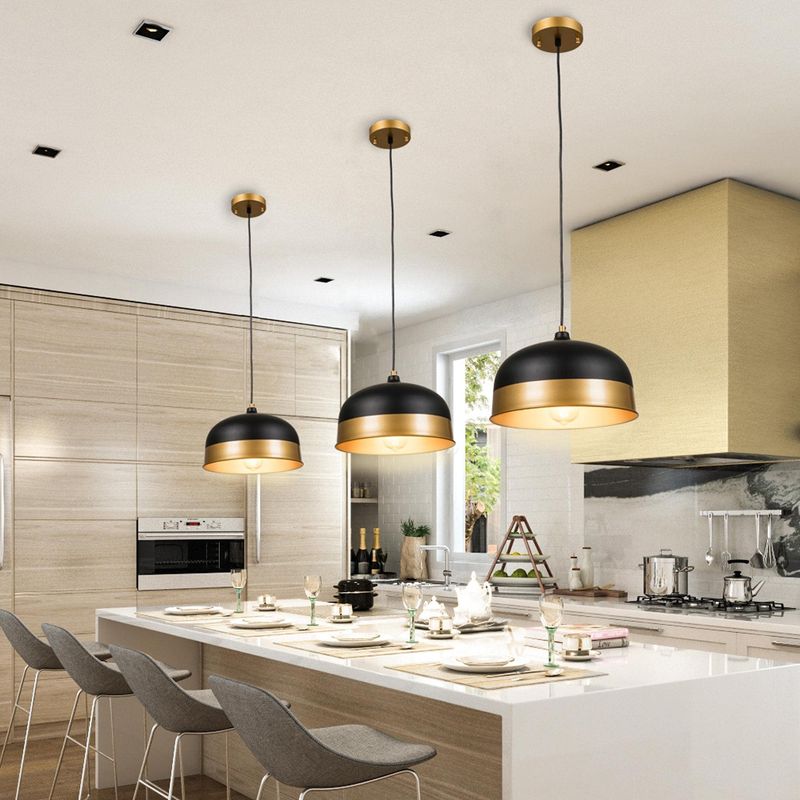
That trendy pendant lamp hanging at eye level might be giving you more than just a headache! Fixtures positioned too low create a ceiling-lowering effect that compresses the entire room visually.
Hang dining room chandeliers 30-36 inches above tables. In walkways, pendants should be at least 7 feet from the floor. For ambient lighting, consider wall sconces or recessed lights that don’t intrude into the space. Proper lighting placement opens up rooms dramatically.
7. Ignoring Vertical Space
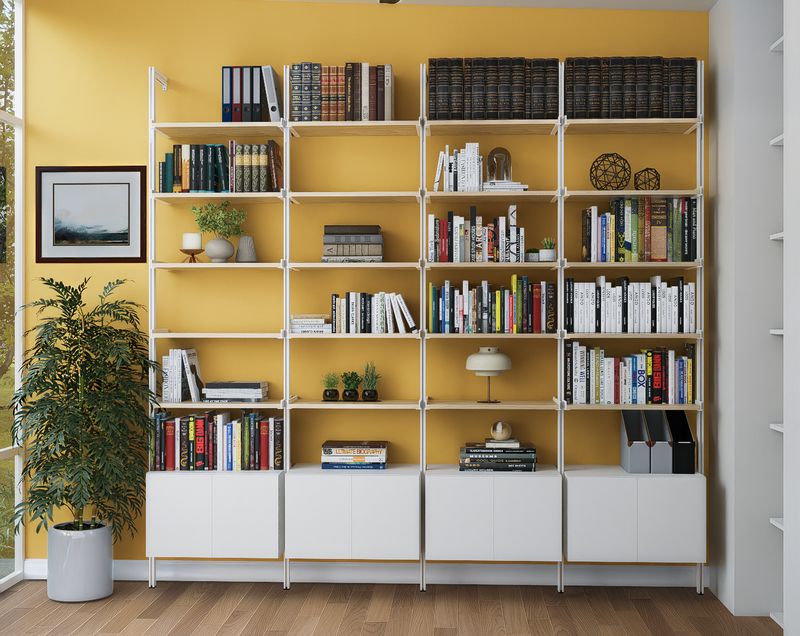
Looking at your walls? That empty space above eye level is prime real estate you’re not using! When decor stays low, it draws eyes downward and creates a compressed feeling.
Extend shelving and artwork higher up walls to draw the eye upward. Consider tall, narrow bookcases rather than wide, short ones. Vertical stripes or patterns can elongate walls visually. By engaging the full height of your rooms, you’ll create an expansive atmosphere that breathes.


